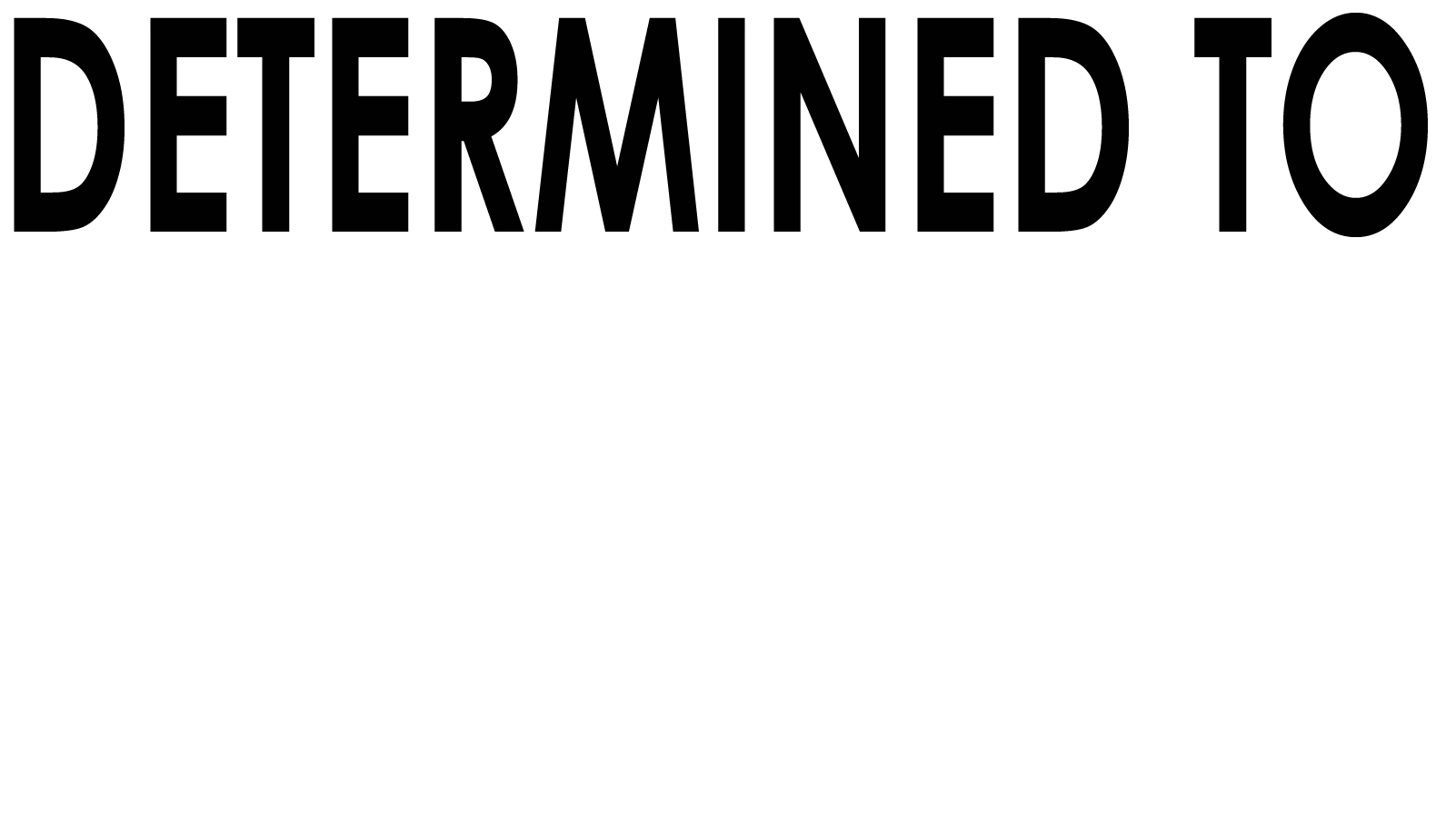One is specific training and education for therapists so that they fully understand therapeutic group work and the special characteristics of clients with substance use disorders. The importance of understanding the curative process that occurs in groups cannot be underestimated. Although many groups can have therapeutic effects, this TIP concentrates only on groups that have trained leaders and that are designed to promote recovery from substance abuse. Great emphasis is placed on interpersonal process groups, which help clients resolve problems in relating to other people, problems from which they have attempted to flee by means of addictive substances. While this TIP is not intended as a training manual for individuals training to be group therapists, it provides substance abuse counselors with insights and information that can improve their ability to manage the groups they currently lead.
The authors highlight that the findings of this study should encourage researchers to re-evaluate treatment outcome measures in their studies and consider non-abstinence treatment outcomes in the development of new medications for the treatment of stimulant use disorders. The authors also write that these new findings need to be replicated in other contexts with additional substance use disorders such as opioid use disorder. Assessment of the severity of a substance use disorder may lead to an actual diagnosis of a substance use or dependence disorder. However, most offender treatment programs consider routine use of illicit drugs without a diagnosable disorder to be a legitimate focus for treatment, since any use is illegal and may result in arrest or violations of community supervision guidelines.
Withdrawal therapy
It may be the impetus that clients need to adopt new behaviors that are adaptive, safe, legal, and rewarding. During the initial stage of treatment, the therapist helps clients acknowledge and understand how substance abuse has dominated and damaged their lives. Drugs or alcohol, in various ways, can provide a substitute for the give-and-take of relationships and a means of surviving without a healthy adjustment to life. As substances are withdrawn or abandoned, clients give up a major source of support without having anything to put in its place (Brown 1985; Straussner 1997).
- With guidance, clients can learn to recognize the events and situations that trigger renewed substance use and regression to earlier stages of recovery.
- By identifying triggers and adopting effective coping strategies, individuals can navigate challenging situations without resorting to substances.
- Treatment programs for Native
American tribes often incorporate their traditions, and a family focus as well as
bilingual staff and translated written materials are important ingredients of many
treatment programs for Hispanics. - The following sections describe behavioral therapies that have been shown to be effective in treating substance use disorders.
- Cognitive—behavioral groups, which rearrange patterns of thinking and action that lead to addiction.
Chapter 6 more thoroughly delineates how the public tier of programs differs from the private tier. A chemical substance that binds to and activates certain receptors on cells, causing a biological response.
Preparing for Alcohol Rehab
Women are more likely than men to have comorbid depressive and
anxiety disorders, including posttraumatic stress disorders as a result of past or
current physical or sexual abuse. Although women tended in the past to become
involved with different substances than men (e.g., prescription drugs), their drug
use patterns have become more similar to males’ in recent years. Treatment components
can address women’s special issues and needs for child care, parenting skills,
building healthy relationships, avoiding https://en.forexdata.info/art-therapy-for-addiction-painting-paths-to/ sexual exploitation or domestic violence,
preventing HIV infection and other sexually transmitted diseases, and enhanced
self-esteem. A high ratio of female staff and same-sex groups are also thought to
improve treatment retention. Agonist substitution therapy replaces an illicit drug with a
prescribed medication. Opioid maintenance treatment, currently the only type of
this therapy available, both prevents withdrawal symptoms from emerging and
reduces craving among opioid-dependent patients.
To prevent relapse, clients need to learn to monitor their thoughts and feelings, paying special attention to internal cues. New or relapsed group members can remind others of how bad their former lives really were, while the group’s vision of improvements in the quality of life is a distinct and immediate beam of hope. Another way of understanding confrontation is to see it as Alcoholic Ketoacidosis StatPearls NCBI Bookshelf an outcome rather than as a style. From this point of view, the leader helps group members see how their continued use of drugs or alcohol interferes with what they want to get out of life. It seems that people who abuse substances need someone to tell it like it is “in a realistic fashion without adopting a punitive, moralistic, or superior attitude” (Flores 1997, p. 340).
Health system impact: Physician burnout
Treatment enables people to counteract addiction’s disruptive effects on their brain and behavior and regain control of their lives. The picture of drug treatment goals that results from this chapter’s analysis is not simple, but it has a certain coherence. That coherence resides in the principle that what should be expected from treatment is relative—relative to who is being treated and to how severe his or her problems are, and relative in that success should be viewed as a matter of more or less rather than all or none. All the components, approaches, techniques, and settings discussed above must be
monitored and adjusted as treatment progresses. Primary care clinicians should
understand the following aspects of appropriate care. Knowing the resources and a contact person within each will facilitate access to the
system.

More affluent and socially conventional clients often have a comfortable home, a good job, respectability, and an intact non-drug-using family at the time of admission, and these assets serve as incentives that support abstinent motivation. Less advantaged clients, those who are without most or all of these attributes or without evident prospects for securing them (even though they may greatly desire such things), have few preadmission assets. Indeed, it may be that the only resources these individuals possess, the threat of whose loss acts as an incentive, are their lives and their rights as citizens—even as second-class citizens from whom certain fundamental rights have already been withheld, as in the case of parolees.
